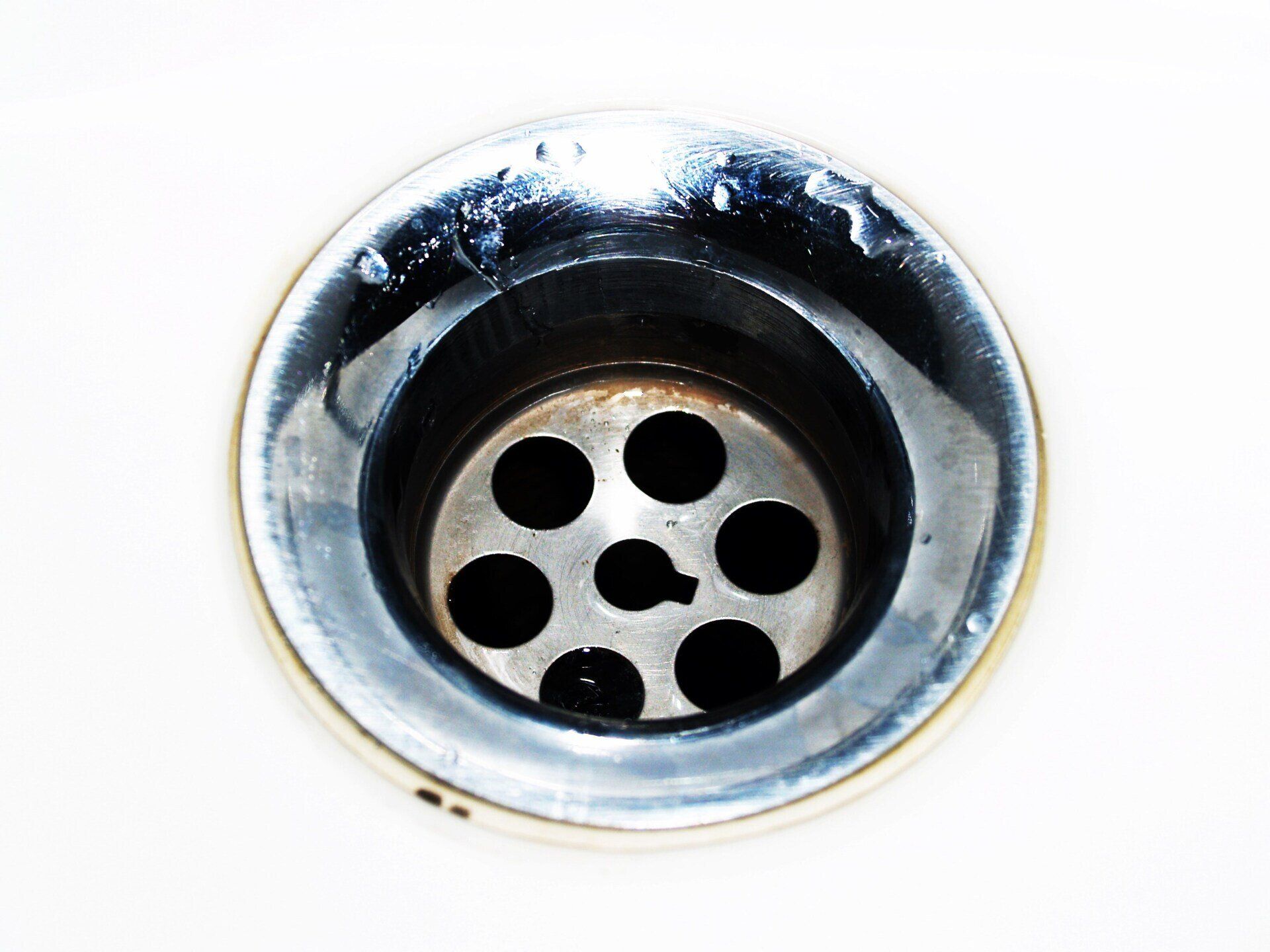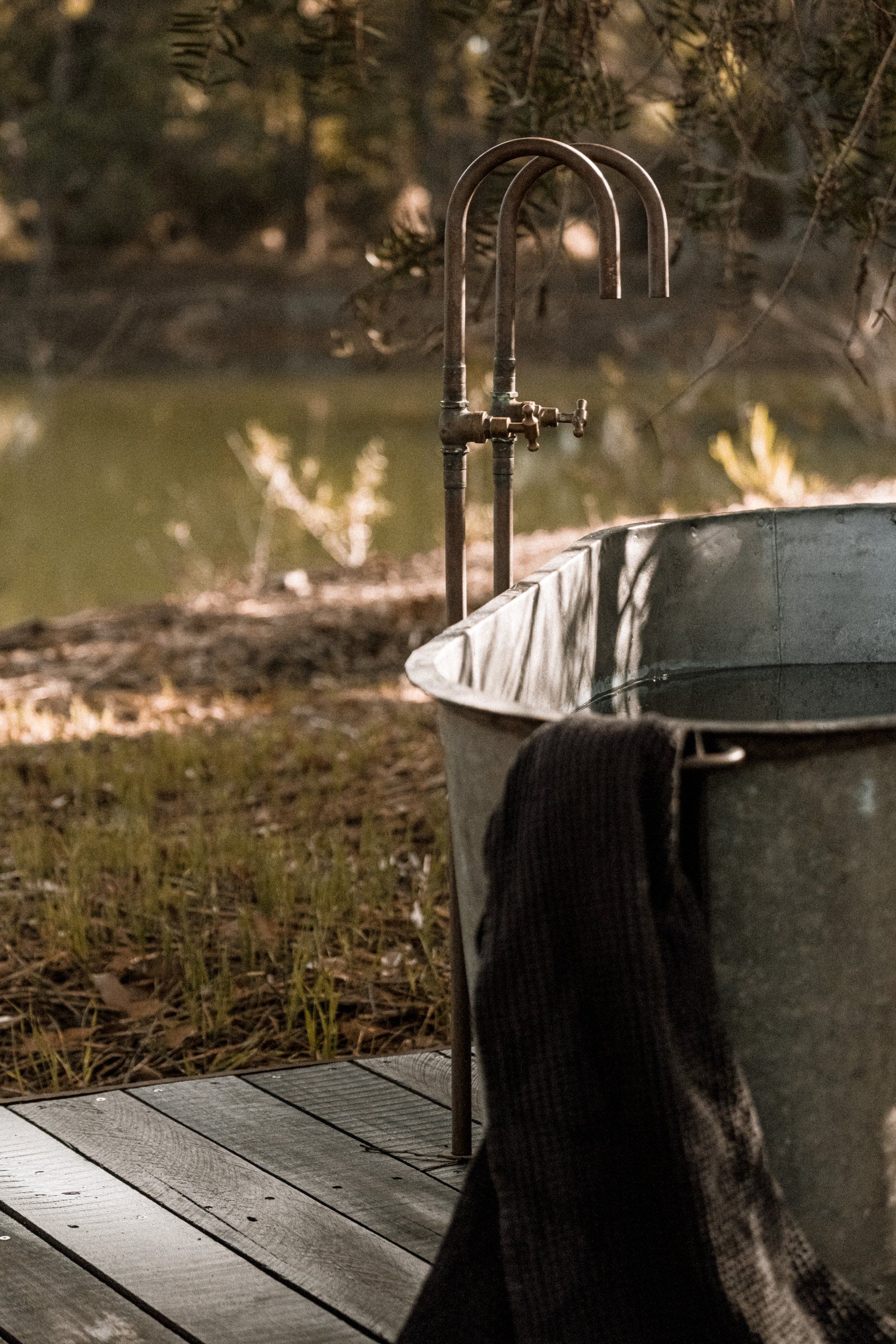How to Remove a Shower Drain Cover
How to Remove a Shower Drain Cover
We've all, at one point or another, been the victim of hair that has clogged the drain. If your bathtub drains slow or you're sitting in several inches of sudsy water during every shower, the problem could be lurking beneath the cover of your drain. It's an easy fix, provided you know how to correctly remove a bathtub drain cap.
There is a variety of shower drain covers, and each one comes with specific instructions on how to remove them. These are the most commonly used shower drain covers we usually come across:
- Drain covers that pop up: They usually come off straight away; however, some may require some effort.
- Screw-in: Screw-in drain covers look like a strainer. To remove them, just unscrew using the appropriate screwdriver, then take them off.
- Toe-touch: Shower drains are named appropriately because they can be opened and closed using a single touch on the tip of your toe. To get rid of this kind, remove the drain from its open position and then take off the cap. (Remember that lefty loosey is righty tight!) If that doesn't work, try a screwdriver slot to get rid of the whole mechanism.
Do you not see your shower drain's cover above? Do not be concerned! We also offer services for flip-it, lift-and-turn, push/pull, and almost any other drain cover that is available.
Unblocking the shower drain
If you're struggling with an unsettling clog under the drain cover of your shower, there are several DIY and non-prescription solutions which can offer temporary relief. They include removal tools for hair, baking soda, vinegar, as well as the plunger to help clear the blockage.
Be aware that these are all simple solutions and must be followed by an appointment with a plumber in order to prevent the build-up from happening again or getting deeper in the drainage pipe.
Get a
FREE Quote
Plumber Fort Mcmurray Quote
We will get back to you as soon as possible.
Please try again later.
You might also like


Quick & Reliable
We are available 24/7 via email or telephone
Expert Plumber Grande Prairie
The region's professional plumbing service.
7823 98 St, CC, Grande Prairie, AB T8V 3T6
Navigation
Services
Disclaimer - This is a referral site. All work is performed by a licensed partner 152033A, 152034A


